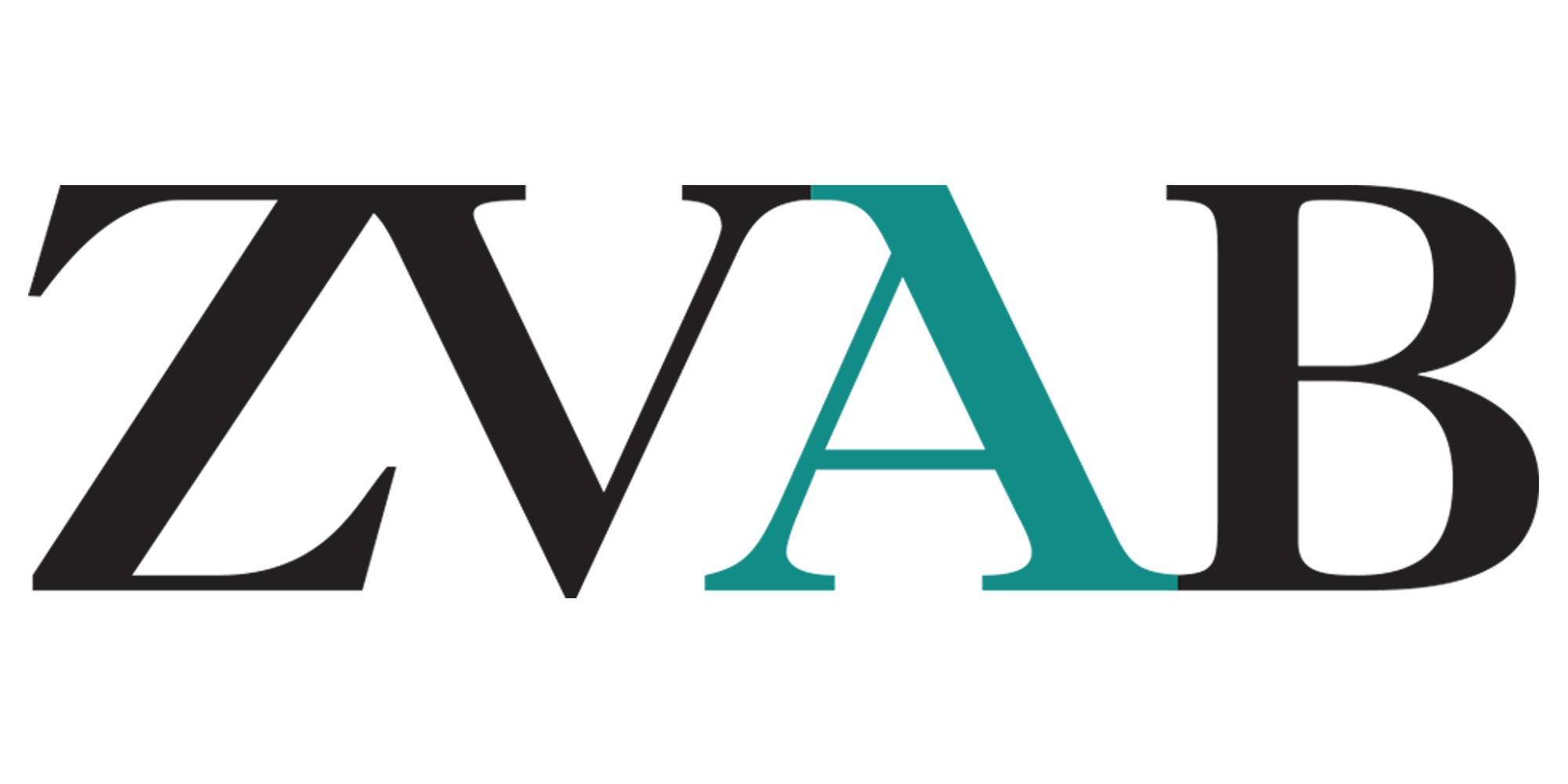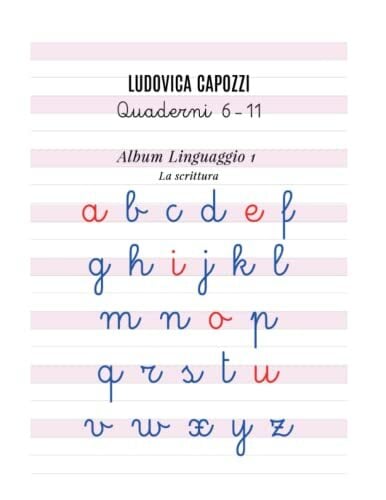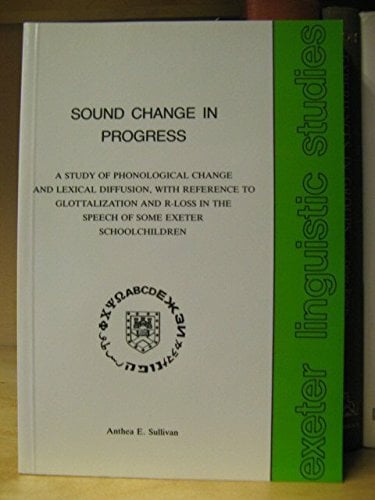
Linguistic morphology
Kurzinformation
inkl. MwSt. Versandinformationen
Artikel zZt. nicht lieferbar
Artikel zZt. nicht lieferbar

Beschreibung
Source: Wikipedia. Pages: 144. Chapters: Declension, Morphology, Grammatical gender, Germanic umlaut, Allomorph, Prefix, Uninflected word, Back-formation, Alternation, Exponent, Indo-European ablaut, Derivation, Reduplication, Diminutive, Old Norse morphology, Proto-Indo-European verbs, Germanic weak verb, Germanic strong verb, Inflection, Stemming, Hypocorism, Causative, French verb morphology, ¿I¿rab, Compound, Noun class, Apophony, Consonant gradation, Lenition, Consonant mutation, Phono-semantic matching, Ottawa morphology, Germanic verb, Animacy, Rebracketing, Combining form, Hybrid word, Agglutination, Classical compound, Broken plural, Semitic root, RAS syndrome, Pluractionality, Augmentative, Grammatischer Wechsel, Righthand head rule, Productivity, Distributed morphology, Balancing and deranking, Deflexion, Suffix, Inflected preposition, Conversion, Meaning-Text Theory, Transgressive, Weak inflection, H2e-conjugation theory, Word formation, Fortition, Dvandva, Clipping, Nonconcatenative morphology, Glossematics, Marker, Allocutive agreement, Periphrasis, Cheshirisation, Bahuvrihi, Tatpurusa, Affection, Zero, Realizational morphology, Unpaired word, Devi and Vrkis feminines, Terpsimbrotos, Syncretism, Morphological pattern, Mouthing, Confix, Initialized sign, East Germanic strong verb, Inflectional morphology, Agent noun, Nanosyntax, Endocentric, Derivational morphology, Morphological leveling, Metaphony, Elative, Descriptive marker, Morphogram, Morphological parsing, Fossilization, Postbase. Excerpt: In language structure, a diminutive, or diminutive form (abbreviated ), is a formation of a word used to convey a slight degree of the root meaning, smallness of the object or quality named, encapsulation, intimacy, or endearment. It is the opposite of an augmentative. While many languages apply the grammatical diminutive to nouns, a few also use it for adjectives and even other parts of speech. Diminutives are often used for the purpose of expressing affection (see nickname and hypocoristic). In many languages, the meaning of diminution can be translated "tiny" or "wee", and diminutives are used frequently when speaking to small children; adult people sometimes use diminutives when they express extreme tenderness and intimacy by behaving and talking like children. (See Apocopation). In some languages, diminutives are formed in a regular way by adding affixes to nouns and proper names; in English the alteration of meaning is often conveyed through clipping, either alone or combined with an affix. English diminutives tend to be shorter and more colloquial than the basic form of the word; diminutives formed by adding affixes in other languages are often longer and not necessarily colloquial. In many languages, formation of diminutives by adding suffixes is a productive part of the language. All nouns, not just proper nouns can be diminuted. The word "diminutive" is used in a narrower and less vague sense here than when referring to English. The basic meaning of diminution in these languages is "smallness of the object named"; endearment, intimacy, etc. is secondary and dependent on context. For example, the name of one the last Roman emperors of the western part of the Roman Empire-Romulus Augustus-was diminuted to Romulus Augustulus (little Augustus) to emphasise the contrast between the grandness of the name and political insignificance of its bearer; in this case the connotation of diminution is derogatory, not endearing. Producti...
Produktdetails

So garantieren wir Dir zu jeder Zeit Premiumqualität.
Über den Autor
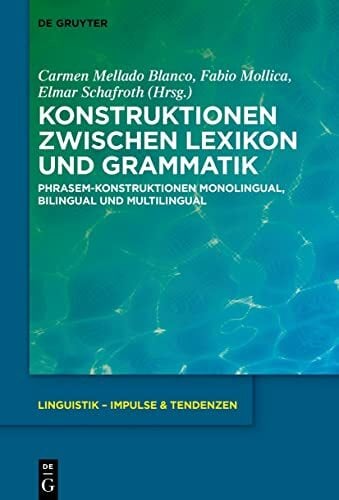
- Gebunden
- 373 Seiten
- Erschienen 2022
- De Gruyter

- paperback
- 680 Seiten
- Erschienen 1994
- Editorial Síntesis, S.A.

- hardcover
- 336 Seiten
- Erschienen 2007
- Oxford University Press

- Hardcover
- 330 Seiten
- Erschienen 2012
- Cambridge University Press

- Hardcover
- 588 Seiten
- Erschienen 2000
- Springer

- Kartoniert
- 426 Seiten
- Erschienen 2010
- John Benjamins Publishing Co

- paperback
- 366 Seiten
- Erschienen 1966
- MIT Press

- hardcover
- 458 Seiten
- Erschienen 1995
- Cambridge University Press

- paperback
- 128 Seiten
- Erschienen 2004
- Noordhoff Uitgevers

- hardcover -
- Erschienen 1978
- Verbatim Books
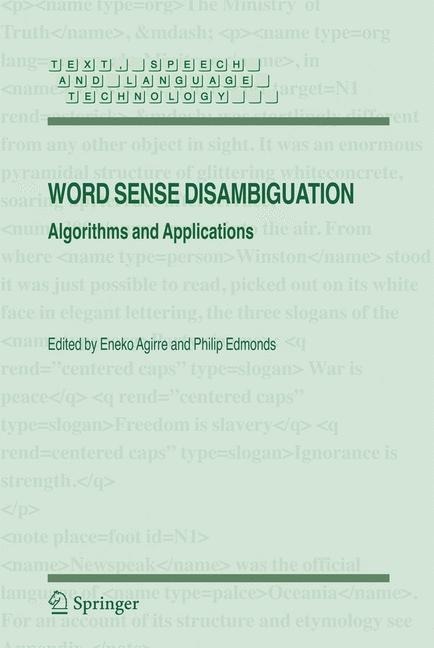
- Kartoniert
- 392 Seiten
- Erschienen 2007
- Springer




